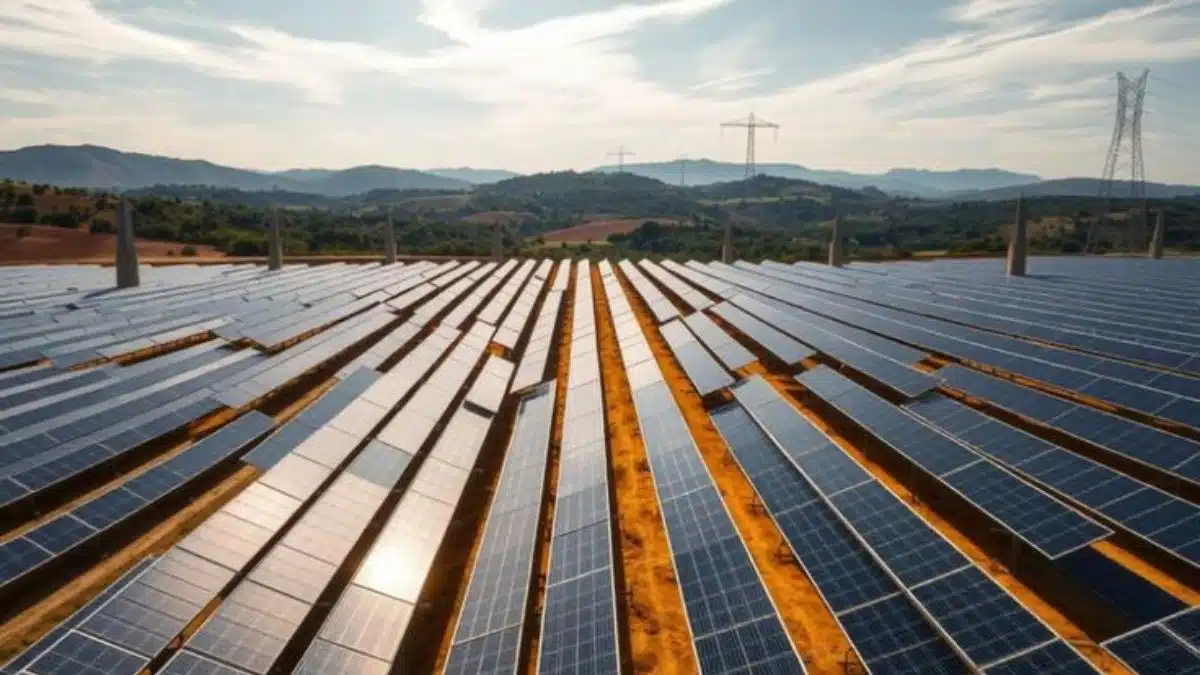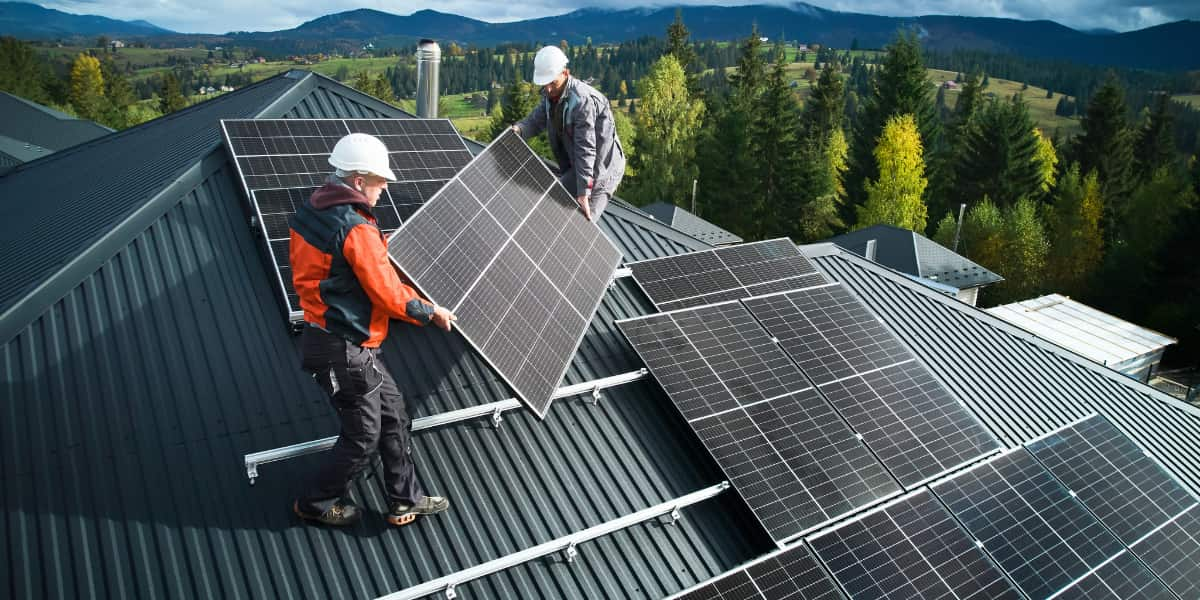Blogs
Harnessing the Power of the Sun: The Rise of Solar Energy

Discover the potential of solar energy, a clean and renewable solution transforming the way we generate electricity. Learn how harnessing the power of the sun can create a sustainable future.
In recent years, the world has witnessed a remarkable transformation in the way we generate electricity. Solar energy leads the way in providing a clean, renewable alternative to fossil fuels. This blog explores the journey of solar energy, its environmental impact, growing adoption, and promising future. We’ll break down how it works, its benefits, and its role in creating a greener, more sustainable world.
The Journey of Solar Energy
The concept of harnessing the power of the sun for practical use is not a new one. Humans have used it for thousands of years, from warming and drying food to starting fires with magnifying glasses. However, it wasn’t until the 19th century that scientists discovered the photovoltaic effect, which converts sunlight into electricity. This laid the foundation for the development of solar photovoltaic (PV) technology, which forms the basis of modern solar panels.
Solar panels, or solar modules, consist of solar cells that actively capture sunlight and convert it into electricity. These cells, usually made from silicon, release electrons when exposed to sunlight. Capturing these electrons generates an electric current, producing usable electricity. This electricity powers homes, businesses, and even entire communities.
The Impact of Solar Energy on the Environment
One of the most compelling aspects of solar energy is its positive impact on the environment.
Unlike fossil fuel-based power, solar energy produces no greenhouse gas emissions, helping to fight climate change and reduce air pollution. By harnessing the sun, we can reduce reliance on non-renewable resources like coal, oil, and natural gas, creating a cleaner, sustainable energy landscape.
Solar energy systems also have minimal impact on natural habitats, unlike traditional power plants that require large land areas and disrupt ecosystems. Panels can be installed on rooftops, in open fields, or integrated into building materials, minimizing their effect on the landscape.
The Growing Adoption of Solar Energy
The adoption of it has been steadily increasing around the world, driven by technological advancements, declining costs, and a growing awareness of the need for sustainable energy solutions. Solar panels are now a common sight on residential rooftops, commercial buildings, and utility-scale solar farms. Governments, businesses, and individuals are recognizing the potential of solar energy to meet their electricity needs while reducing their environmental footprint.
In addition to traditional grid-tied solar systems, off-grid solar installations are providing electricity to remote and underserved communities, offering a lifeline for those without access to reliable power. These off-grid systems, often combined with battery storage, are empowering communities to meet their energy needs independently and sustainably.
The Future of Solar Energy
The future of solar energy is filled with promise and potential.
Research and development continue to boost the efficiency and affordability of solar panels, making them more appealing to consumers and businesses. Innovations like perovskite and tandem solar cells promise higher efficiency and lower manufacturing costs.
Energy storage technologies, such as lithium-ion batteries, enhance this systems by storing excess electricity for use at night or when sunlight is limited. This is key for maintaining a reliable power supply and supporting a sustainable future.
The Role of Solar Energy in Shaping a Sustainable World
Solar energy is playing a pivotal role in shaping a greener and more sustainable world. By harnessing the power of the sun, we are reducing our reliance on finite and polluting energy sources, mitigating the impacts of climate change, and creating a more resilient and decentralized energy infrastructure. It is empowering individuals, communities, and nations to take control of their energy future, fostering energy independence and security.
The benefits of this extend beyond environmental considerations. Solar power systems can lead to long-term cost savings for consumers and businesses, providing a reliable and predictable source of electricity while reducing dependence on fluctuating energy prices. Additionally, the adoption of it is creating economic opportunities, driving job growth in the renewable energy sector and stimulating innovation in clean energy technologies.
Conclusion
In conclusion, the rise of it represents a transformative shift in the way we generate and consume electricity. Harnessing the sun’s power embraces a sustainable, renewable energy future with environmental, economic, and social benefits. As solar energy evolves, it can meet our energy needs while protecting the planet for future generations.
I hope this blog gives a clear understanding of solar energy’s rise and its role in creating a sustainable world.
If you have any further questions or need additional information, feel free to ask!






























